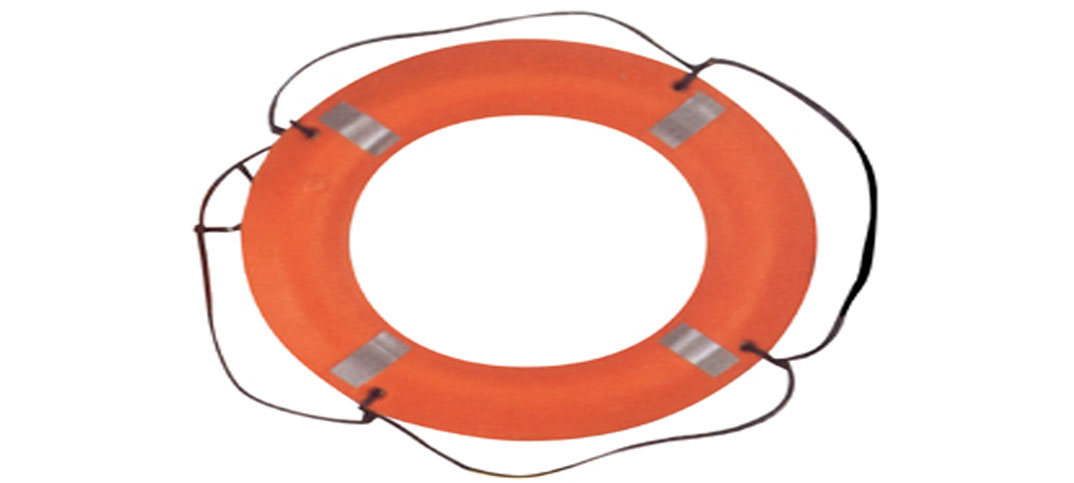With spring upon us, please make sure your first trip out is not your last. We may plan all year for our big boating vacation or it might be last minute hurry up and go, but what we can’t plan is how well the weather may cooperate with us.
All too often the push to go forth outweighs the reasonable care for preparation of your boat and yourself. Sometimes the biggest hurdle is the modification of route or using the go-no-go rule.
The let down of not being able to complete your boating trip is really hard for people to take, and rather than stay on the trailer or in the slip they will push to accomplish what they set out to do. Sometimes, with catastrophic consequences…
Sea Story Time: One early winter Friday we got a call from a gentleman who wanted our advice about moving his boat from his wet slip to a indoor storage facility about 15 miles to the north. The forecast for Friday and most of Saturday was terrible and called for cold, freezing rain, with very limited visibility. The Sunday forecast was a little better but still not an enjoyable boating day by any means. The push to this was it was the last available day for him to get his boat on the hard. He had to work and wouldn’t or couldn’t pay someone to move the boat for him. The call came again on Saturday morning and we again recommended to him not to go. The call came again Saturday night asking about Sunday and we again recommended he wait for better weather. The next call came late in the afternoon on Sunday. This time it was his wife, she had been waiting at the marina to the north for about four hours and her husband and young son had not arrived and she feared something was wrong.
The boat crews immediately dressed out in dry suits, ran to the boats and began to execute a multiple of searches. Additionally, calls went out to anyone and everyone who may have any information on the location of the boat. Trackline searches from departure to destination revealed nothing and helicopter over flights found nothing. We then began to zero in on a channel area to the north near the designation. Well into the night and early morning, the boat crews had exceeded their fatigue hours and the helos had to continue to divert from the planned search area due to heavy concentration of birds in a marsh area to the north, the search was suspended until first light. I slept in a chair near the radio room for a few hours and just as the sun broke to the east we got a radio call from a freight ship that was south bound in the channel and was replying to our distress
radio calls about the overdue boat. The crew of the freighter had sighted a small boat in a shallow area to the east matching the description of the overdue vessel.
We scrambled the boat crews and called for a helo. The boats got on scene before the helo and the water was too shallow for them to get in. Rather than wait for the helo, the larger 41 foot Utility boat took the small whaler in tow and then positioned it windward of the boat in distress. The crew then slacked the tow line and drifted the Whaler with the engines raised into the shallows to come alongside the grounded boat. A quick search
found no one, it was the boat but no one was onboard.
The helicopter arrived a very short time later and began a sector search, almost immediately they spotted a person and deployed a swimmer. Sadly, it was the young son found frozen on all fours from attempting to crawl through the shallows on his hands and knees trying to reach land. A few hours later, the father was found floating deceased.
Poor visibility, very cold conditions, and a lack of knowledge. and boating skill resulted in a horrific and tragic end. The push to accomplish the task at hand consumed all thought and even against the recommendations of the Coast Guard, father and son proceeded ahead into their unknowing death. This type of scenario is often replayed with a variety of outcomes, from uncomfortable to death.
How to prevent yourself from similar situations!
If conditions are not favorable, Don’t Go! Simply leave the boat at the dock or on the trailer and find an alternative thing to do. If you find yourself out in it, then you have some work to do and you must consider the following.
Fuel: You will consume more fuel than usual in heavy seas and wind. Do you have enough?
Comfort: Rain gear, or even garbage bags, gloves, towels, whatever you have to keep dry and comfortable.
Tides: If the seas and wind are building and you are trying to return to an inlet from offshore, you should aim for high tide or as close to high tide as possible. Running boats, especially performance offshore V hulls through a large or breaking inlet is not advisable. Your best conditions are going to be at high tide. You really should know what the tides are for where you are running or at least have reliable electronics you can operate properly to tell you.
Anchor: Sometimes your best option is to wait. A properly set anchor with sufficient scope will hold a boat on position in heavy weather for days, weeks, or months. While it may not be a fun night out on the hook, it may be the best thing you could do.
Float plan and Communications: Make sure someone ashore knows where you went where you’re going, and when you should return. If you don’t make it back they must know who to call. The plan won’t work unless you can trust those you left the information with. A cell phone is not enough. A good VHF radio plus a couple of phones with chargers are what you would need for a near coastal emergency. If you are going well offshore or making a crossing, a satellite capable phone would be required to keep you in constant contact.
Above all else use your weather forecast resources, boating skill, and judgment from putting you in a position that becomes difficult to get out of. Unless you’re running out to save “burning babies in the surf”, let the weather conditions dictate what is pleasure boating and find a great place ashore to ride the storm out!
Stay Safe,
Brad





